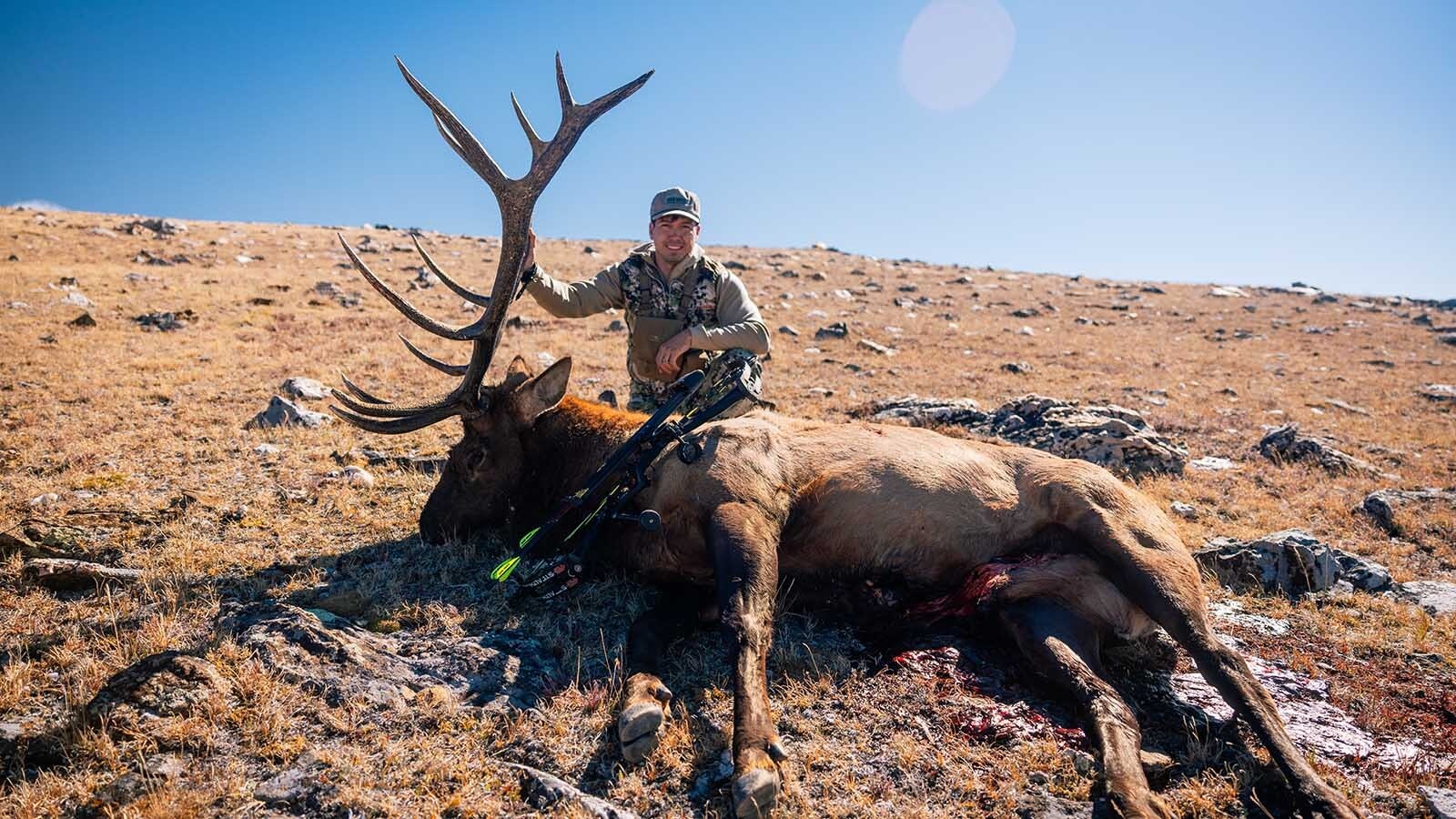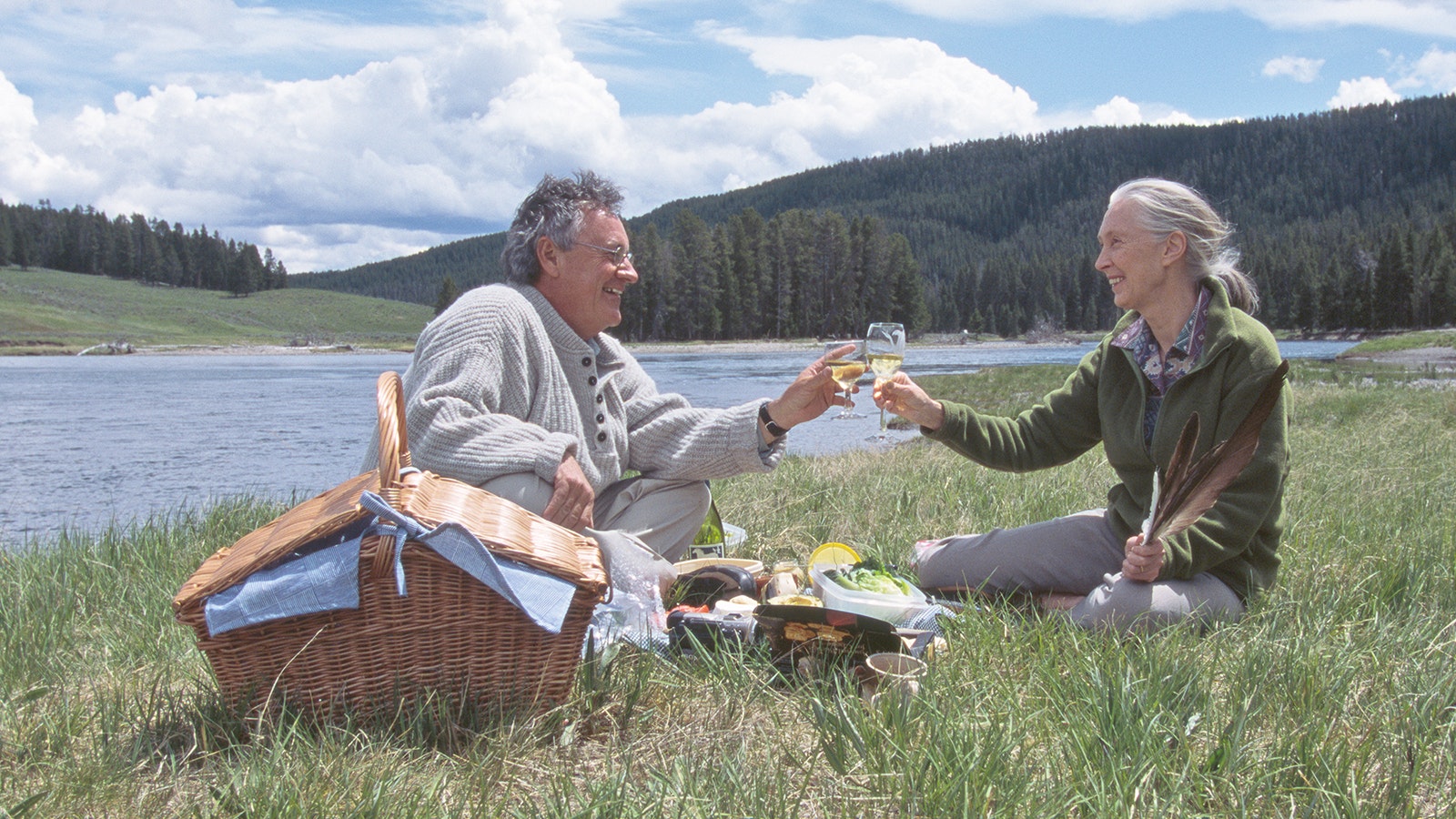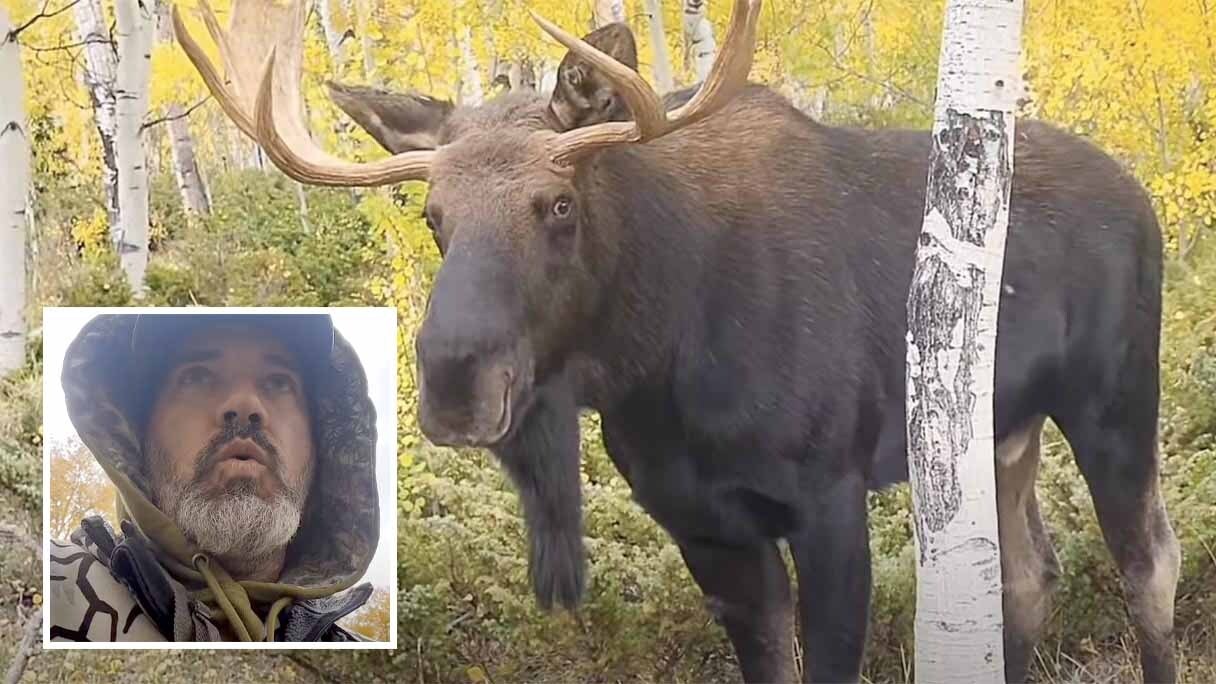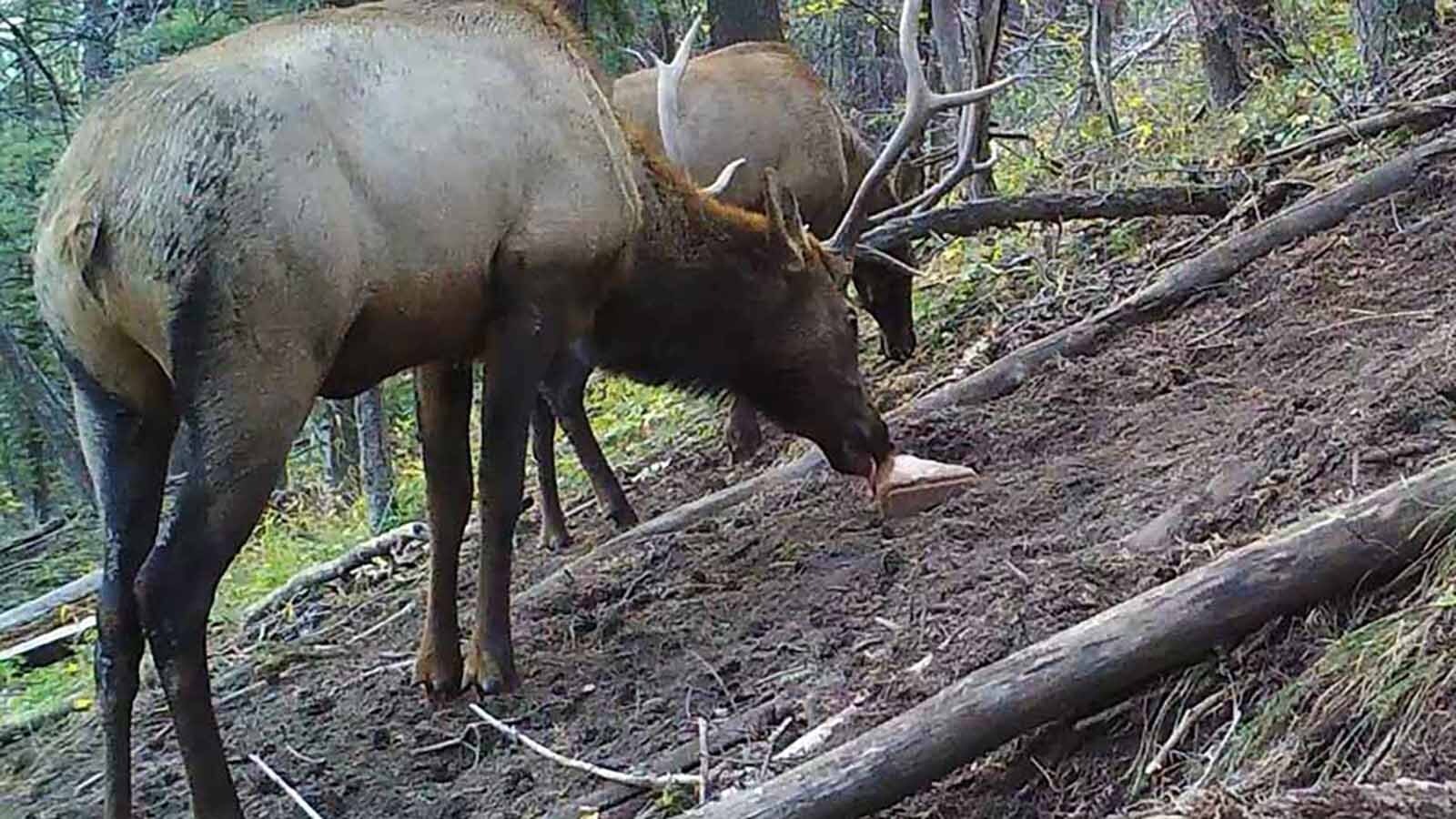Wyoming’s big game season is on, as early archery seasons opened this month. For bowhunters, the challenge of bagging game with one of history’s most primitive methods is their driving passion — even if bows and arrows are now high-tech.
“You’re going to mess up more stalks than not. You learn a lot, it makes you a better hunter,” archery hunter Austin Nimmo of Casper told Cowboy State Daily. “You’re going to fail more times than you’re going to succeed.”
Archery hunter and backcountry enthusiast Bruce Cooper of Bondurant said that at age 65, he still enjoys the sheer physical challenge of bowhunting and doesn’t plan on quitting anytime soon.
“You’ve got your backpack on, you’ve got your bow,” he said. “You have to have water and food, because it’s not going to be a 30-minute process. It might go all the way until dark.”
Bowhunting can be lonely, frustrating and grueling. And bowhunters must accept the fact that even their best efforts could all be in vain as the sun slips behind the mountains and the hunt ends.
But the effort and uncertainty are basically the point, Cooper told Cowboy State Daily.
“That’s what lights my fire,” he said.

The First Afield
Bowhunters lead the way into Wyoming’s fields, forests and mountains; archery seasons open well before rifle hunting seasons.
Antelope archery hunting usually begins in mid-August, followed by deer and elk archery seasons in September.
Most rifle seasons don’t open until mid-October.
Bowhunters need superb stalking skills, because most of their shots must be taken from about 40 to 50 yards or less.
Getting that close to wary animals requires keeping quiet and paying close attention to wind direction.
Even if big game animals can’t see the bowhunter, a shift in the wind can blow the hunter’s scent to them, causing them to flee.
‘You Celebrate Its Life’
Nimmo and his daughters — Kandence, 8, and Lainey, 4 — are enrolled members of the Northern Arapaho Tribe.
He said his daughters sometimes like to tag along with him on hunts. It’s a great way to share his love of the outdoors, and their culture’s long tradition of hunting.
When the hunt is successful, it offers Nimmo a chance to share meaningful lessons with his daughters.
He wants the girls to fully understand that the end goal of hunting is to take an animal’s life. There’s a selfish aspect to that, but it’s also to the family’s benefit, he said.
“When you kill an animal, you morn it,” Nimmo said. “And then you celebrate its life.”

Elk Hunting During The Rut
Since his daughters are still quite young, Nimmo takes them mostly on antelope archery hunts.
“We can drive around and give the girls snacks and spot a lot of antelope from the road,” he said. “It’s not like taking horses 12 miles back into the mountains on a grueling elk hunt.”
Archery elk hunts might be more involved than antelope hunts. They also offer the advantage of taking place during the elk rut, or mating season.
So, bull elk are “full of testosterone” and hell-bent on rounding up a herd of cow elk to mate with, Nimmo said. That makes the bulls less wary and more susceptible to calls.
Archery hunters use calls that imitate a rival bull elk’s bugle. That might draw in the real bull elk, thinking that a rival has shown up to try stealing his cows.
Other calls can imitate the chirps and squeaks that cow elk make.
“If you’re on the edge of that herd and you have a cow call, that bull’s going to come check it out, because he’s trying to keep his herd together,” Nimmo said.
Calling a bull in close hardly guarantees a shot, Cooper said.
There must be a clear line of sight to the target and the animal must be in a position that maximizes the chances of a solid hit to the vital organs — usually standing directly broadside to the hunter.
A single tree branch in the way, or a bit too much of a cross-breeze, can ruin the chances of getting a shot, Cooper said.
That doesn’t diminish the thrill of calling a big bull elk in close, he said.
“That experience we had of calling that bull in and having to work him for 45 minutes to an hour, and then having the chance to look at him and have him look at us. That was better than making a harvest,” Cooper said.
Practice And Preparation
Cooper said he appreciates the practice and preparation that goes into archery hunting. To keep up with the physical fitness demands of bowhunting, he regularly does cardio exercise.
Archery practice is vital too, he added.
While it’s possible to sight in a hunting rifle with just a few shooting sessions, archery hunters should shoot their bows as much as possible, year-round, Cooper said.
Nimmo agreed.
Shooting a bow “is a perishable skill,” he said.
Bowhunters must pay attention to key “anchor points,” such as exactly how they hold their bow and exactly where on their face the bowstring hand rests before the shot.
Those things must be committed to muscle memory, because when the time comes to actually shoot at a game animal, “you’re going to be full of adrenaline and shaking,” he said.
Cooper said the practice, skill, effort and dedication make archery hunting meaningful to him.
“You have people who are about the harvest, and you have people who are about the process,” he said. “I’m about the process.
“If I don’t make a harvest, I’m not upset. I’ve gone through the process, I’ve been out in the woods and I’ve had opportunities.”
‘I Felt Like A Caveman’
Going out bowhunting, and being quiet and still, offers the opportunity to see all sorts of wildlife, not just the animals being hunted, Cooper said.
“I’m always thinking, ‘What else am I going to see?’ I’ve seen grizzly bears and mountain lions. I’ve sat and watched two big mule deer bucks fighting,” he said.
When the right opportunity finally comes and the arrow flies true, the payoff can be beyond words, Nimmo said.
He recalled making his first archery hunting kill — a small mule deer buck — when he was about 19.
“I felt like a caveman,” he said. “I was like, ‘Holy cow, this actually works. This is doable.’”
Mark Heinz can be reached at mark@cowboystatedaily.com.









